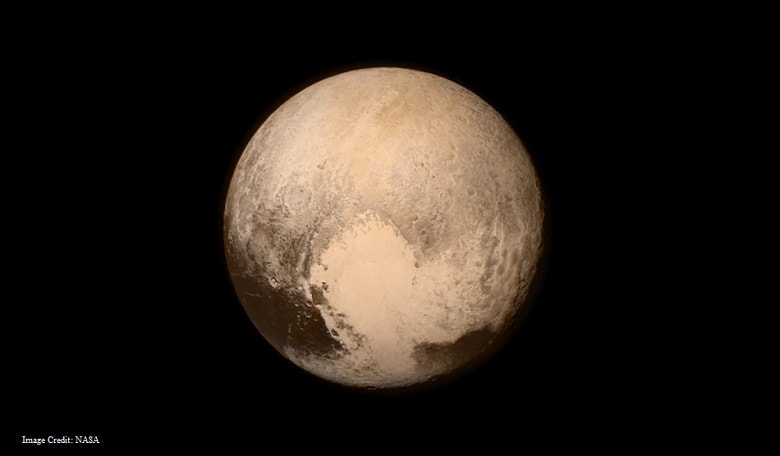Let’s face it – we needed some good news recently. And New Horizons’ Pluto flyby has delivered just that.
NASA’s New Horizons spacecraft, which incidentally holds the current record for launch velocity, has arrived at Pluto and taken stunning, high-resolution images of the dwarf planet already unofficially dubbed The Other Red Planet.
The mission has been a startling reminder of how we still know very little about objects within our own solar system. It’s good to remember that two of Pluto’s five moons weren’t even known to science until the New Horizons mission was launched.
And although New Horizons had to be made as light as possible in order to reach its destination at a reasonable date (it was launched all the way back in 2006), NASA made room on the spacecraft for some of the ashes of Clyde Tombaugh, the astronomer who discovered Pluto nearly a century ago.
A touch of romance (and an excuse for countless internet memes) was added to the proceedings when one of the images beamed back by New Horizons revealed Pluto to feature a “heart” – like an “I love you” to the long-dead man who had originally discovered it, as well as to everyone else working on the mission.
Our favorite take on Pluto’s heart currently comes from Darth Vader on Twitter (because of course it would):
Mind = Blown pic.twitter.com/jYs2S6S7Az
— Darth Vader (@DepressedDarth) July 14, 2015Scientists and writers will be analyzing New Horizons’ snapshots for some time, though some, like Emily Lakdawalla, are already publishing their first impressions.
Understanding Pluto’s terrain, as well as the terrain of its moons, is an important step in understanding our own solar system and how it was formed.











